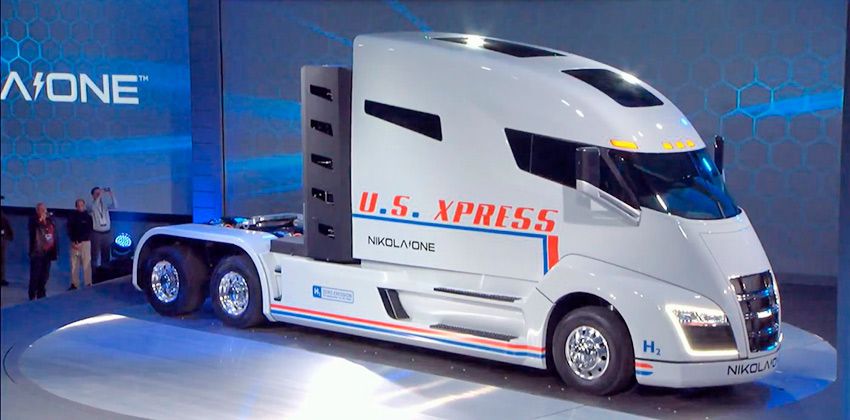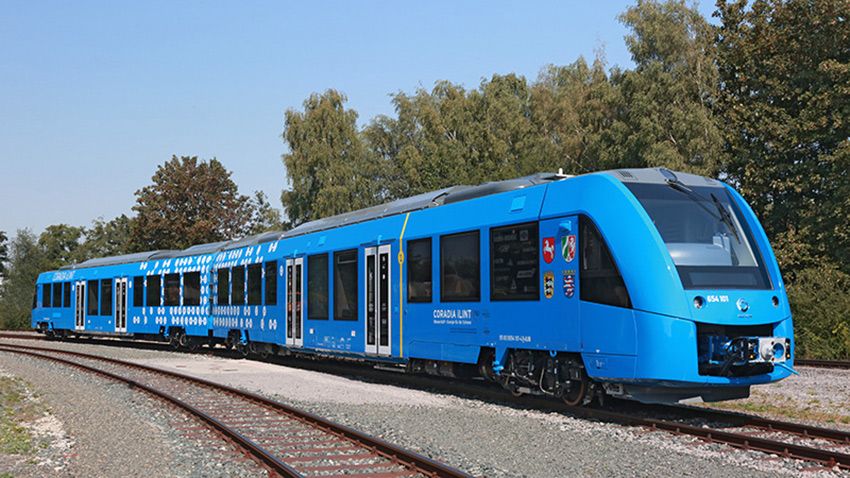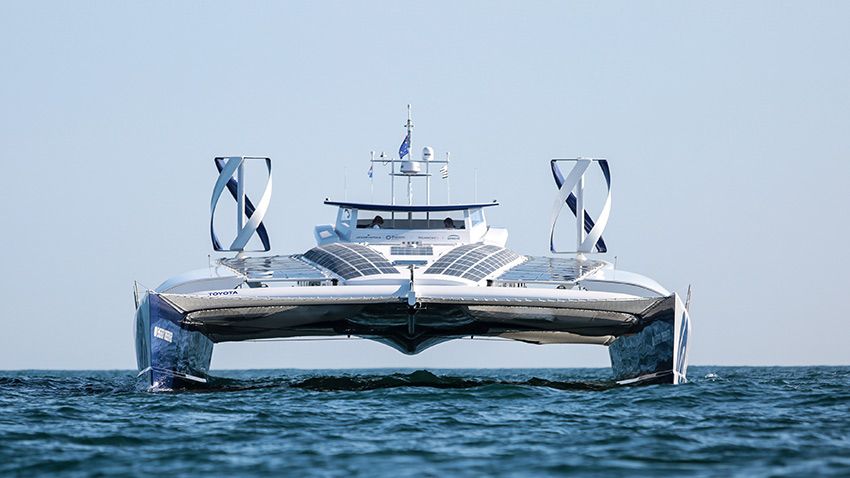Norwegian hydrogen filling station exploded without casualties

18 June 2019
Hydrogen filling stations Uno-X under the Oslo explosion
As a result of the explosion of the hydrogen filling stations Uno-X on E18 in Sandvika Norwegian under the Oslo accords, intended for electric vehicles with hydrogen fuel cells (FCEV), which occurred at 17:30 on Monday 12 June, slightly injured two drivers in ordinary cars who were in the vicinity of H2-filling stations. According to the police the explosion was of sufficient force to have the car worked safety cushions even without a collision. To determine the reasons for the developer refueling, the company Nel closed down its network of ten stations located in Norway, Denmark and other countries.

In addition, the FCEV manufacturers – Toyota and Hyundai temporarily stop the sale of such vodorodnaya in Norway.
According to the latest figures from the Norwegian Department of information on road traffic (OFV) last year in Norway, has sold 54 units of the FCEV – equally models of the Toyota Mirai and Hyundai Nexo. Earlier, in 2017, were sold 57 units of the FCEV. In General, Norwegian Park FCEV has only 160 vodorodnaya, against the background of world leadership that the Scandinavian countries on the penetration of electric vehicles and hybrids, reached in 2018, the share is already at 49.1% (about 73 million) from the local automotive market, just pathetic.
Electric cars with hydrogen fuel cells (Fuel cell EV) – a vehicle of power for the movement of which is produced on Board from onboard hydrogen (H2), which is pre-pumped into the cylinders or metal hydride, or metal-organic (MOF) tanks.
Accordingly, the device FCEV with several liters of hydrogen on Board initially more difficult and fire - vzryvoobrazno than a conventional battery electric vehicle (BEV). The creation of a hydrogen infrastructure (from production to refueling tanks FCEV) are also more than capital-intensive and technologically complex task. Today electricity is available in almost everywhere (in developed countries, and increasingly dense network of fast charging stations BEV), whereas hydrogen fuel is "almost nowhere". Today FCEV do not buy (global sales at the level of 3-4 thousand) and is limited to essentially a pilot operation in selected areas of certain countries.

The prototype of the main truck Nikola One on hydrogen fuel cells
In light of the incident with Uno-X is possible even revision of market prospects exactly passenger FCEV. However, other types of transport that require cleaner – starting with trucks and buses to railroad and Maritime transport, real alternative to the hydrogen do not yet have, so here the development goes on.Well, the current unpleasant incident might damage it cars and light commercial FCEV in terms of their implementation and in the development of a network of hydrogen gas stations, because regardless of the causes of the emergency, its consequences impact on the attitude towards hydrogen fuel to the public and state and municipal authorities, who are much more reluctant will be treated to permit, possibly followed by a revision and tightening of rules, etc., etc.
PS it Seems that what is most feared in relation to hydrogen, it happened – filling with hydrogen all the same rushed, and not somewhere in hot Africa or Asia, but in a civilized and Northern Norway! However, maybe it is good that the incident happened at such an early stage, and certainly that of the victims. However, the victims progress to stop are not able – how many have died and more people will die in fires of electric vehicles and under the wheels of drones? So that vodorodnaya as it is the main transport (we will add here more and aircraft) – still carbon-free future of humanity.

The first world train Alstom iLint hydrogen fuel cells will go through the steel highways of Germany in 2021

Toyota sponsored the first ship in the world Energy Observer, which uses the energy of sun, wind and waves, as well as hydrogen, produced from seawater
.
|
|
|
Element was not found.








